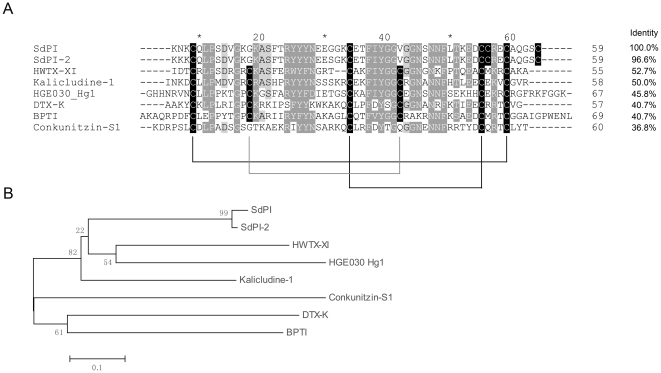Figure 2. Sequence comparison and phylogenetical analysis of SdPI and other Kunitz-type proteins.
(A) Sequence alignment of SdPI and other Kunitz-type proteins. Identical and similar residues are highlighted by black and gray colors. Predicted disulfide connections are shown with lines. The sequence identities of different Kunitz-type proteins compared with SdPI are shown on the right side. HWTX-XI is a bifunctional toxin isolated from spider. It can block voltage-sensitive K+ channels and inhibit trypsin activity. Kalicludine-1 is also a bifunctional toxin isolated from sea anemone. DTX-K is a snake derived Kunitz-type venom peptide with a potent potassium channel blocking function. Conkunitizin-S1 is a potassium channel inhibitor isolated from cone snail. HGE030_Hg1 from the Mexican scorpion Hadrurus gertschi is the only reported hypothetical scorpion-derived Kunitz-type venom peptide. BPTI is the first Kunitz-type protein, identified from bovine pancreas. (B) A minimum evolution (ME) tree of representative Kunitz-type proteins based on the multiple sequence alignment.

